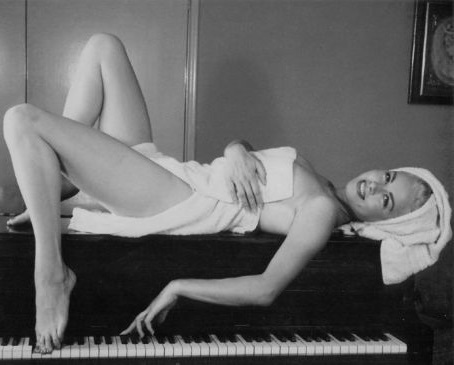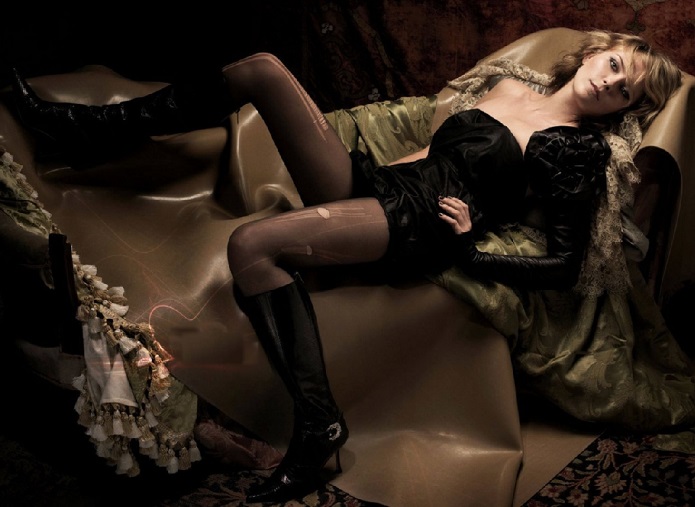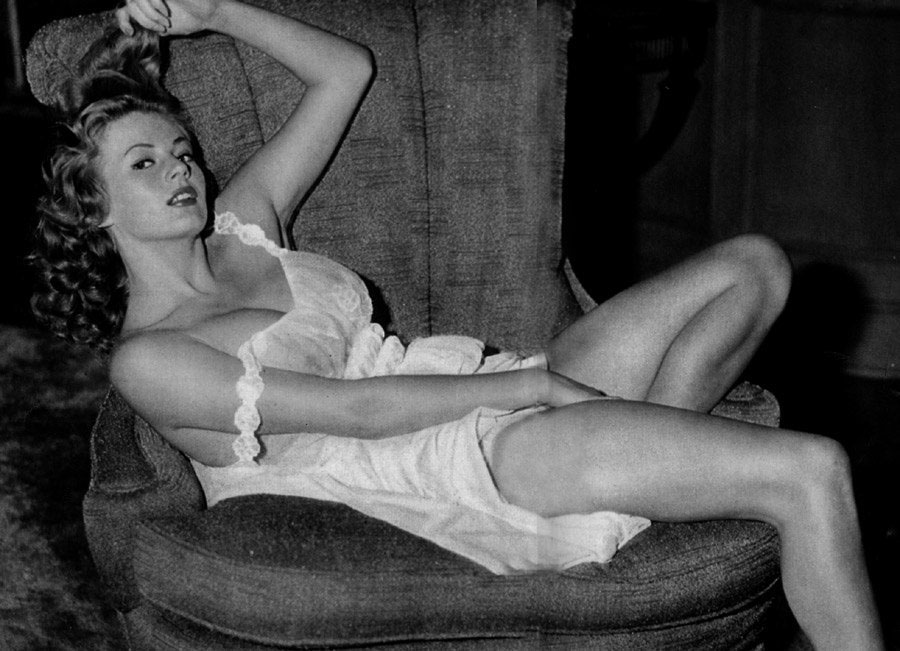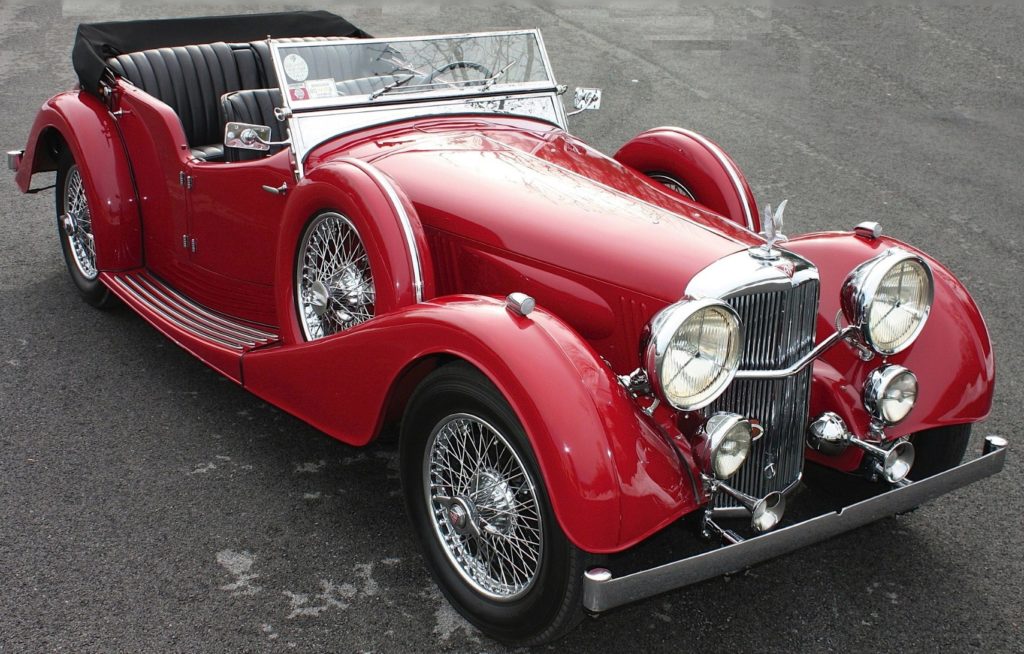From Reader David S comes this observation in email: “I can’t get that pic you recently posted of Sophia Loren out of my mind. Why is that?”

It’s a simple answer, and while Sophia is undoubtedly gorgeous, it’s her unladylike pose which does it. Those carelessly-sprawled legs… the pose is an age-old aphrodisiac to men, and so powerful is its effect that it was only in the modern era that artists could even begin to portray it, e.g. Henri Matisse’s Odalisque Couchée:

…and Egon Schiele’s Reclining Woman:

Now understand me well: I’m not talking about the typical pornographic splayed-leg shots, which remind me of nothing less than a gynecological view of the female anatomy (and Schiele is perilously close to it in the above). But there is something sexy — maybe frighteningly-sexy — when the pose is done properly. And of course, what I’m saying is useless without pictorial evidence, so here we go:
Téa Leoni:

Anthea Turner:

Amanda Righetti:

Amy Adams:

…and of course, there’s Marilyn:

But when it comes to truly erotic, you need a recumbent pose to get the full effect:
Jean Carmen:

Catherine Deneuve:

Kirsten Dunst:

Claire Goose:
Anita Ekberg:
…and finally, in a pose which mimics Matisse’s Odalisque, Charlotte Rampling:

Some people find these poses too overtly sexual — “slutty”, as my Mom might have put it — but there’s no denying their attraction. I report, you decide.









